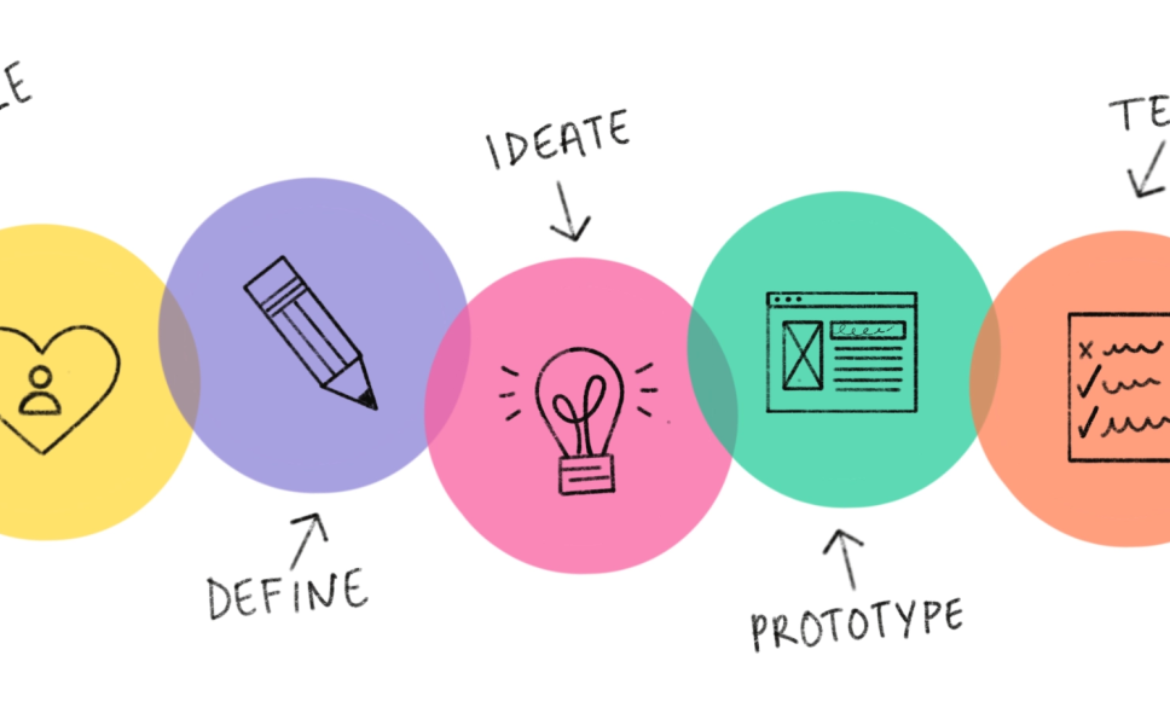The right eCommerce solution
Which is the right eCommerce solution for my business?
Finding the right Partner for your E-commerce Business The new trend is to build a Marketplace using SaaS, and extend functionality with a plugins development.
Ecommerce in numbers
In 2019, retail e-commerce marketplace sales worldwide amounted to US$3.46 trillion, and e-retail revenues are projected to grow to a dizzying US$6.54 trillion in 2022 and will continue to drive the future of e-commerce forward. B2B (business-to-business) marketplace sales transactions are set to boom and will account for an estimated 30% of all worldwide online sales by 2024.
Combined, both B2B and B2C (business-to-consumer) marketplaces are expected to grow web sales worldwide to an estimated $7.1 trillion while peer-to-peer marketplaces including eBay and Airbnb will reach $240 billion in combined sales by 2024. However, the area with the fastest-growing global marketplaces will be in B2B.
Currently, only a small percentage of the annual worth of online B2B sales are made via marketplaces however, businesses are starting to realize the benefits of trading with partners via marketplace platforms. In this regard, as more businesses trade online, global sales will continue to grow which will include a wide range of industries and vertical markets.
Should I build around a SaaS?
SaaS, or otherwise known as Software-as-a-Service, is a software distribution model in which a service provider hosts applications via the internet for customers. SaaS falls under the form of cloud computing. Usage is subscription-based charging businesses either monthly, bi-annually, or annually to use the service. These online subscriptions come with their respective technical support and periodic upgrades, SaaS companies deliver usability without bogging down customers with details. You access content through a web browser interface and your content is hosted in either a cloud or shared server. There are a variety of businesses that provide this service for marketplace development such as Arcadier, CS-Cart, Dokan, and Sharetribe.
How can I customize the SaaS?
A plugin is a software add-on that is installed on a program, enhancing its capabilities. It is a form of integration of a separate application to the main platform, either by the platform owners themselves or by other third parties. For instance, you like to add an email marketing tool to your eCommerce business and you are using Shopify or Woocommerce to build your eCommerce, you can utilize the Quickbooks plugin that seamlessly works with your Shopify Store or your book-keeping or LiveChat plugin to create your customer support chat capability. A number of online store platforms offer a plugin that can turn your single merchant shopping cart into a multi-vendor shopping cart experience. Most of these were developed by third-party developers using their respective APIs and Webhooks, and these developers charge a fee for its use.

What option best suits my business model?
This is the first question that goes through the minds of people who are trying to start their first eCommerce marketplace. Go with a SaaS provider such as Arcadier, CS-Cart, Dokan or Sharetribe, or via a plugin alternative that augments your platform to become a marketplace for online store platforms such as Shopify, Magento, or Woocommerce? It is key to understand the comparisons of their respective software delivery models.
The answer to this question will be dependent on three factors: User preference, costs involved, and feasibility associated with plugin systems.
Using standalone plugins is a great option, but it does have its limitations. For example, the plugin builder will still have to work within the confines of the eCommerce platform to change a user experience that is not natural to the main use case of the eCommerce platform. Dedicated Marketplace SaaS products have been built for the purpose of the marketplace experience in mind, so the user experience is designed from the ground up for a multi-vendor experience.
Build a team for your eCommerce business
Marketplace SaaS solutions are not significantly more expensive than what most plugin developers are charging for the download and use of their plugin. However, the risk of failure that the augmentation using a plug-in to a platform not developed to be a marketplace makes a dedicated marketplace SaaS solution a safer bet. The features provided by SaaS also enable businesses to efficiently create their own marketplace because a lot of the heavy lifting is already done for you, plug-and-play extensions, themes for your front-end, site optimization, dedicated support, analytics, and bug fixes are such examples.
The SaaS option is built-for-purpose but that does not necessarily mean the plugin alternative option should be ruled out, it is still a good option for building a marketplace, however, there lies the problem that all the plugin components on your platform of choice may not necessarily be able to properly shake hands with each other especially on more mature platforms.
Build fast and iterate
SaaS vs Open-Source eCommerce solutions has their similarities, benefits, differences, and challenges. Both have their own niche market and success stories. A lot of people have built excellent marketplaces around both solutions.
The main factors to consider when choosing an eCommerce solution are budget, technical proficiency, and knowledge, and how serious are your plans to scale your business.
The more niche or more mature your marketplace is, the more customization will require.




















